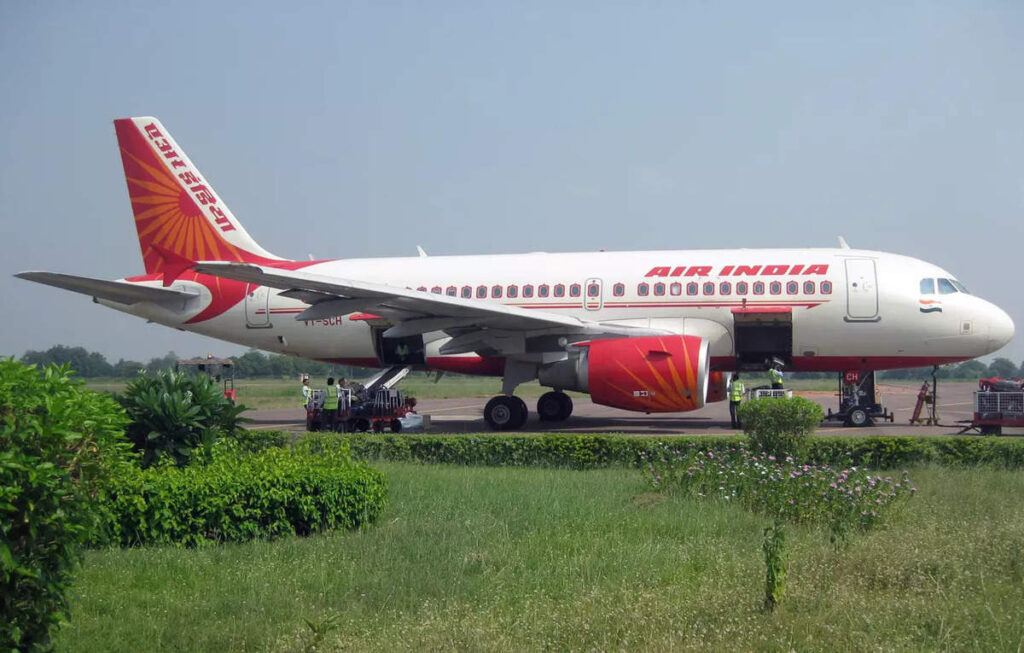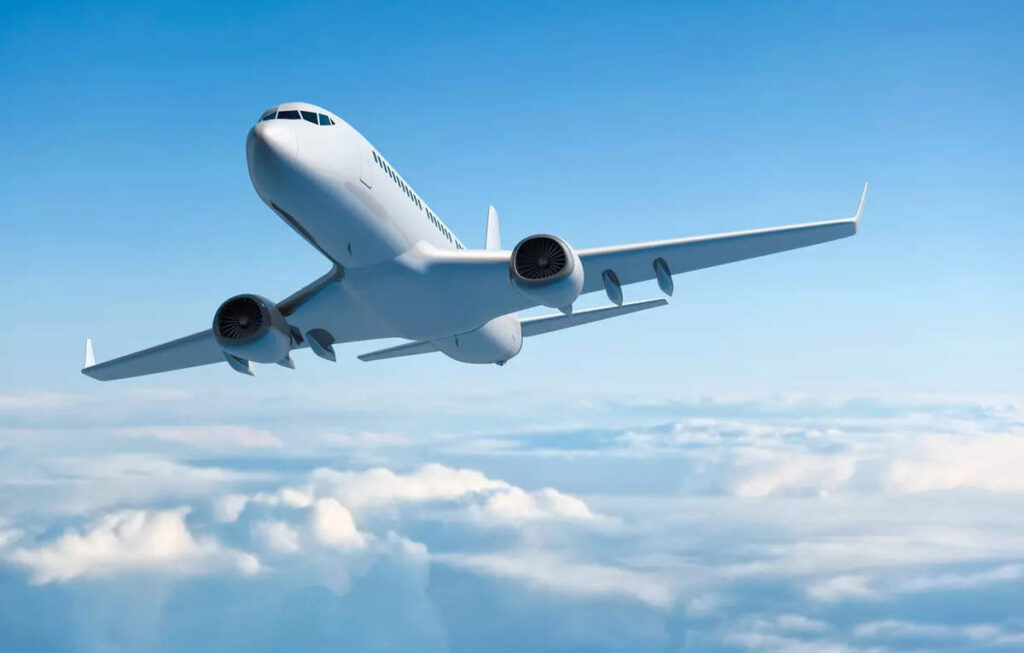Europe’s air safety regulator will take whatever time is needed to approve China‘s C919 passenger jet, its top official told Reuters, dampening Beijing’s hopes of quickly breaking into a market marked by jet shortages and a Boeing safety crisis.
China is stepping up regulatory pressure to win foreign backing for its new jet, but industry sources have warned the landmark approvals from Western regulators could take years.
The COMAC C919 narrow body jet – designed to compete with best-selling models of dominant planemakers Airbus and Boeing – entered service in China last May after winning domestic safety certification in 2022.
Luc Tytgat, acting executive director of the European Union Aviation Safety Agency (EASA), said COMAC had initially asked for European approval in 2019 before the Covid-19 pandemic stopped work. It re-launched the bid in November, requesting that the work be completed by 2026.
“Honestly I don’t know if we will be able to do it yet: the plane is too new to us to know how easy or difficult it will be,” he said in an interview at EASA’s Cologne headquarters.
“Since 2019, things continued to be done in China so we now have to be briefed on the changes,” he added.
The comments come weeks after China’s state-owned planemaker flew the C919 at the Singapore Airshow as it promotes the jet as a new alternative at a time when Airbus waiting lists are full and Boeing faces production quality concerns over its 737 MAX.
To land significant export deals, COMAC needs to win widespread acceptance of its design from foreign regulators led by EASA and the U.S. Federal Aviation Administration.
Under an EU-China agreement signed in 2019, European regulators must decide whether to grant their own “validation” of China’s certification of the jet to ensure any imports meet their own safety standards.
Without this approval, the C919 cannot fly in Europe.
“For us it will be a big work to reconnect and go for familiarisation with what the plane looks like today,” Tytgat said.

The airline said operating results this year would be on par with 2023, but Chief Financial Officer Remco Steenbergen said there was “no hard commitment” to meet a target for operating margins to hit 8 per cent for the year. They were 7.6 per cent in 2023. Steenbergen said the company would try to get “as close as possible” to the 8 per cent target, and would broadly keep the target even if Lufthansa doesn’t achieve it this year.
Tytgat’s comments suggest EASA is at the “technical familiarisation” stage, which experts say is the first part of a certification process that can last five years or more. Western regulators have toughened certification of planes since fatal Boeing 737 MAX crashes in 2018 and 2019 exposed flaws in design and oversight. But the scrutiny is expected to be particularly intense for the first jet from a new manufacturer.
Irish budget carrier Ryanair has said in the past it would look at the Chinese jet.
However, so far no European airline has pressed EASA to speed up certification work so that it can place an order, Tytgat said.
The Civil Aviation Administration of China (CAAC) announced at a meeting in Beijing in January that it planned to promote the internationalization of the C919 in 2024.
According to official reports, CAAC will work this year towards obtaining European recognition for the plane. The regulator has not given details of the plan.
China’s regulator and its planemaker did not immediately respond to requests for comment.
Following its international air show debut in Singapore, COMAC took its planes on a promotional tour of east Asia, landing in Vietnam, Laos, Cambodia, Malaysia and Indonesia where it met airline and government officials. The last stop is Malaysia where the planes arrived on Tuesday.
- Published On Mar 15, 2024 at 02:29 PM IST



















